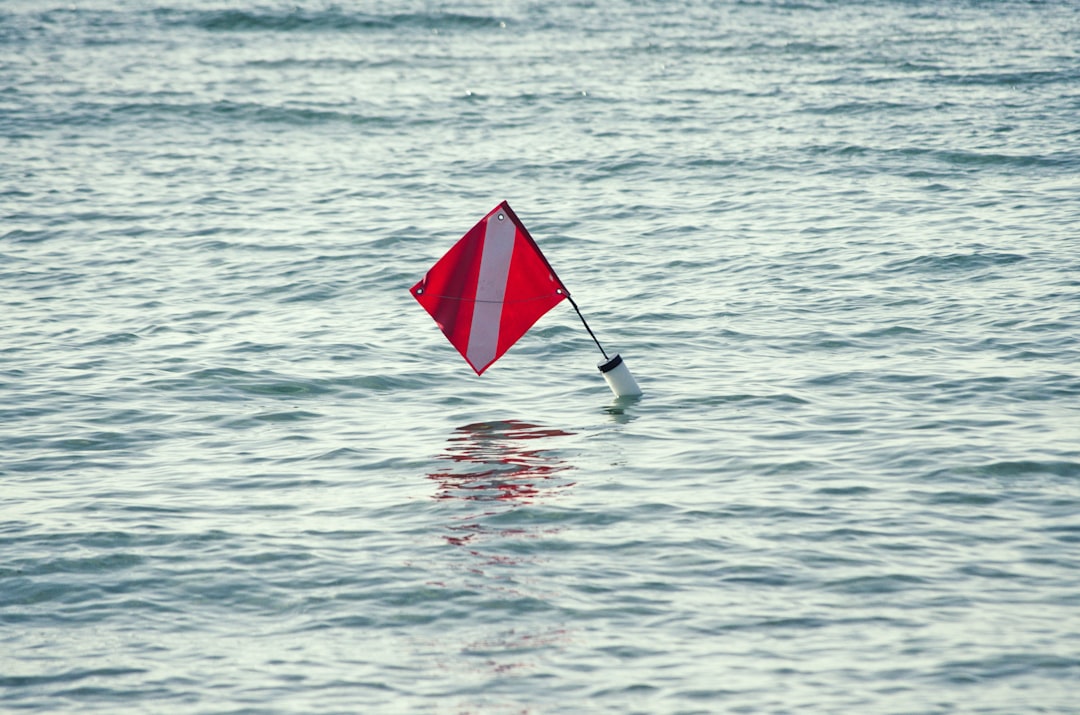
Should you ever find yourself mesmerized by the vibrant display of flags adorning a vessel’s mast as they sway in the breeze, you’ve experienced the enchanting world of nautical flag design. These maritime symbols serve a purpose beyond adornment; every flag communicates essential information to sailors traversing the expansive seas.
Prior to delving into the intricacies of nautical flag design, it’s crucial to understand the underlying code dictating these maritime symbols. The International Code of Signals (ICS) provides a standardized system of communication at sea, with each flag representing a specific letter, number, or signal. This page has all the info you need.
Designing nautical flags demands a careful blend of aesthetics and practicality. Each flag must be easily recognizable from a distance, even amidst the tumultuous waves of the open ocean. Designers commonly select vibrant, contrasting colors and uncomplicated geometric designs to optimize visibility. Additionally, flags are typically made from durable materials such as nylon or polyester to withstand the rigors of maritime conditions.
Beyond their practical utility, nautical flags are steeped in rich symbolism and tradition. Throughout history, sailors have invested these colorful banners with meanings that are both practical and symbolic. From the notorious Jolly Roger, representing piracy and rebellion, to the unassuming Blue Peter, signaling a ship’s readiness to depart, each flag holds its own unique significance. Familiarity with these symbols enhances the craft of nautical flag design, forging a connection between present-day sailors and a rich maritime heritage.
It’s crucial to display nautical flags properly for effective communication at sea. Flags are commonly raised on a ship’s mast or rigging using halyards or flagstaffs, and the positioning of each flag conveys specific messages. For instance, the “Oscar” flag, signaling a man overboard, is flown above all other flags to emphasize the urgency of the situation. Furthermore, particular flags might be organized in prearranged sequences to transmit more elaborate messages, like distress signals or navigational guidance. Just click here and check it out!
While nautical flags possess an enduring appeal, their practical applications exceed mere decoration. Modern maritime industries rely on these flags for essential communication during operations ranging from commercial shipping to recreational boating. Additionally, nautical flags play an essential role in maritime signaling systems, helping with navigation, collision avoidance, and search and rescue missions. By becoming proficient in the language of nautical flags, sailors can improve safety and efficiency on the open seas.
In a time dominated by digital advancements, the tradition of nautical flag communication stands as a tribute to humanity’s enduring bond with the sea. While modern advancements such as radio and satellite communication have augmented maritime signaling systems, nautical flags remain a beloved symbol of seafaring heritage. Whether adorning a historic tall ship or fluttering atop a modern yacht, these colorful emblems continue to captivate the imagination of sailors and landlubbers alike.
In conclusion, the art of designing and displaying nautical flags is a timeless tradition that blends practicality with symbolism, connecting sailors across oceans and centuries. So the next time you catch sight of a line of flags dancing in the breeze, take a moment to appreciate the centuries-old tradition that they represent. Wishing you fair winds and following seas on your voyage! View here for more info on this product.
More ideas: Short Course on – Covering The Basics